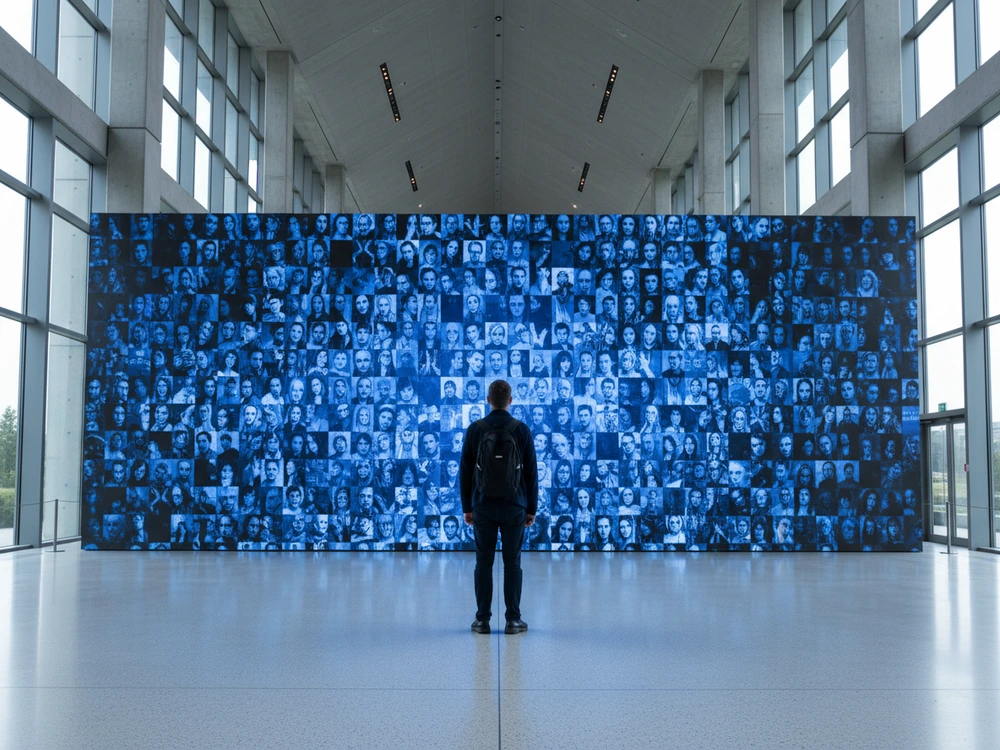The Power of LED Screen Displays in Digital Advertising
Introduction
In today’s fast-paced digital marketing landscape, businesses are constantly looking for innovative ways to attract and retain customers. Traditional static billboards and posters are gradually being replaced by LED screen displays, which offer dynamic visuals, real-time content updates, and high-definition quality. These screens have become a game-changer in the advertising world, allowing businesses to display engaging content, promotions, and announcements in a visually appealing and interactive way.
With LED screen displays, companies can take their branding and marketing strategies to the next level. Whether it’s a retail store, a corporate lobby, or a transportation hub, LED screens create a lasting impression on audiences by delivering eye-catching content that stands out.

Key Benefits of LED Screen Displays in Advertising
The adoption of LED display technology in marketing campaigns is growing rapidly due to its numerous benefits. Below are some of the key advantages of using LED screen displays for advertising:

1. High-Definition Visuals for Better Engagement
LED screens offer sharp, vibrant, and high-resolution visuals that make advertisements more attractive and engaging. Unlike traditional printed posters that fade over time, LED displays maintain their clarity and brightness, ensuring that brands capture attention effectively. High-definition visuals also allow businesses to showcase intricate details in their advertisements, making the content more impactful and professional.
2. Real-Time Content Updates with Cloud-Based Control
One of the most significant advantages of LED screen displays is the ability to update content in real time. Businesses can remotely control and modify the displayed information via a cloud-based system, eliminating the need for manual updates. This feature is particularly beneficial for industries that require frequent content changes, such as retail, hospitality, and transportation.
For example, a restaurant can instantly change its digital menu board to reflect new items, promotions, or price adjustments. Similarly, transportation hubs can provide real-time updates on schedules and announcements, ensuring passengers receive the latest information without delays.
3. Cost-Effective and Energy-Efficient Compared to Printed Ads
While the initial investment in an LED screen may seem high, the long-term savings outweigh the cost of frequent reprinting and installation of static posters. LED displays can run multiple advertisements in a single unit, reducing the need for physical replacements and reprints.
Additionally, LED technology is energy-efficient, consuming less power compared to traditional display options. Businesses that switch to digital signage solutions not only reduce their environmental impact but also lower their overall operational expenses.
4. Customizable Screen Sizes for Various Advertising Needs
LED screens come in various sizes and configurations, allowing businesses to choose the most suitable display for their advertising needs. From small indoor screens to large outdoor billboards, LED technology is highly adaptable.
Retail stores, shopping malls, and event venues can utilize custom-sized screens to fit specific spaces, ensuring that their advertisements remain visually striking and well-integrated within the environment.
How Businesses Use LED Screen Displays for Promotion
Businesses across various industries are increasingly leveraging LED screen displays for promotional and branding purposes. Here are some of the most common use cases:

1. Retail Stores – Attracting Customers with Dynamic Promotions
Retailers use LED digital signage to showcase promotions, new arrivals, and special offers in an engaging way. Unlike static posters, LED screens can feature animated graphics, videos, and interactive content, making the shopping experience more immersive.
For instance, a fashion retailer can use LED video walls to display runway clips, styling tips, and discount offers, encouraging customers to explore products and make purchasing decisions.
2. Transportation Hubs – Informing Passengers with Real-Time Updates
Airports, train stations, and bus terminals rely on LED display screens to broadcast real-time travel information, weather updates, and public announcements. These screens help passengers stay informed about arrival and departure times, security procedures, and important notices.
Additionally, transportation hubs can use LED screens for advertising partnerships, displaying paid advertisements from brands targeting travelers, such as hotel chains, airlines, and local attractions.
3. Corporate Branding – Showcasing Company Highlights in Lobbies
Many corporate offices and business headquarters use LED screen displays in lobbies and reception areas to create an impressive first impression. These screens can be used to present company achievements, corporate social responsibility (CSR) initiatives, success stories, and upcoming events.
For example, a tech company might use LED screens to highlight its latest product launches, industry awards, and customer testimonials, reinforcing its brand identity and credibility among visitors and stakeholders.
Conclusion
LED screen displays have revolutionized the advertising industry, providing businesses with an effective way to capture audience attention, enhance engagement, and communicate messages dynamically. With features such as high-definition visuals, real-time content updates, cost-effectiveness, and customizable screen sizes, LED technology is becoming an essential marketing tool across multiple industries.
Whether used for retail promotions, transportation updates, or corporate branding, LED displays offer long-term value and adaptability, making them a worthy investment for businesses aiming to stay ahead in the digital era.
If your business is looking for an eye-catching, flexible, and cost-efficient advertising solution, LED screen displays are the way forward.



